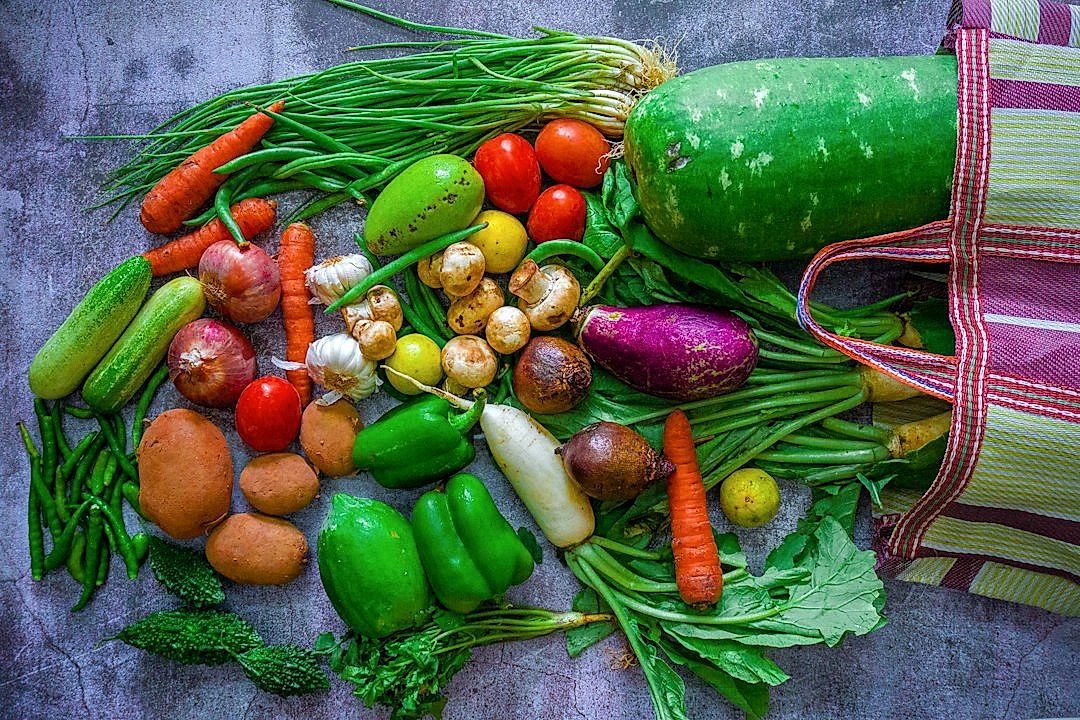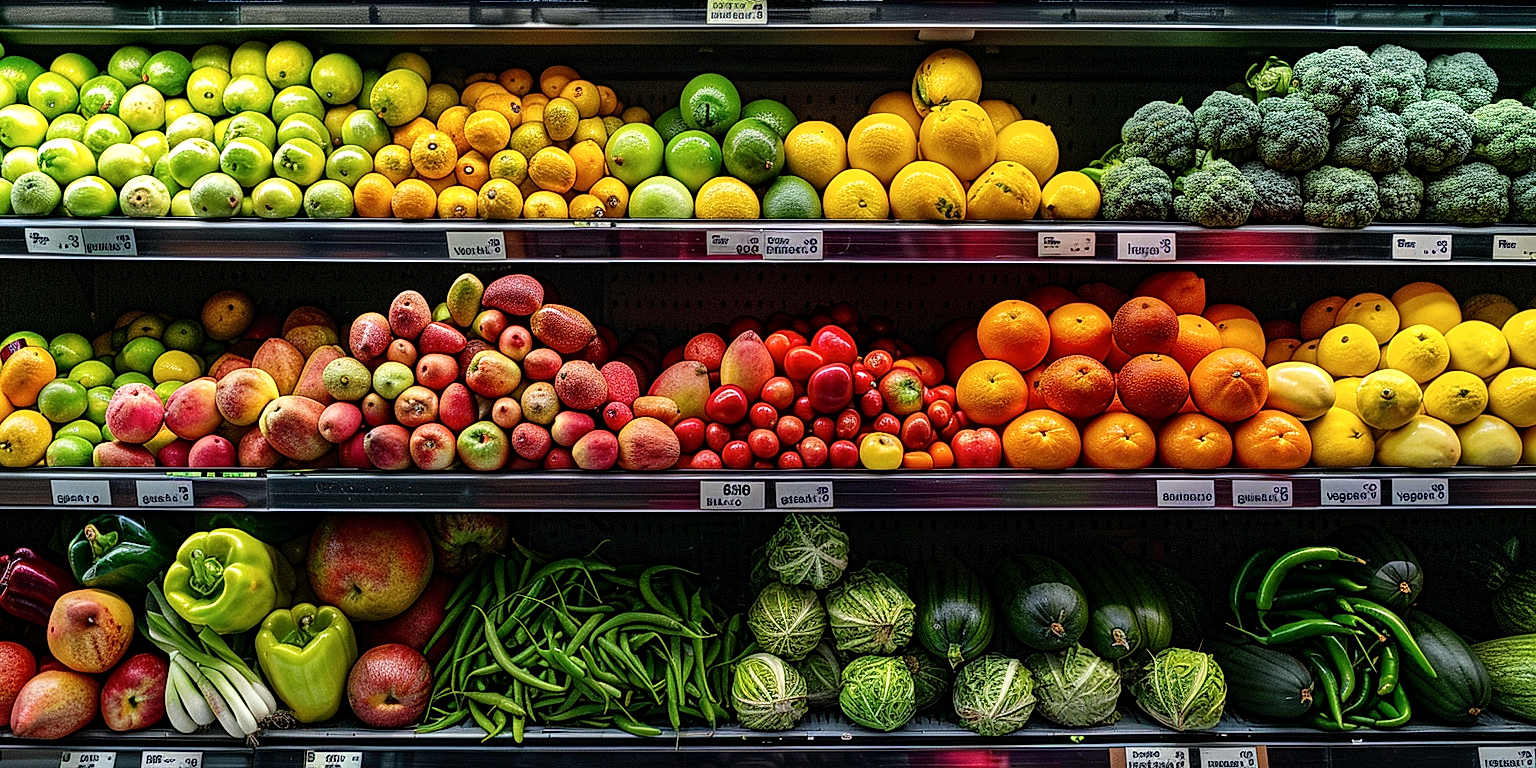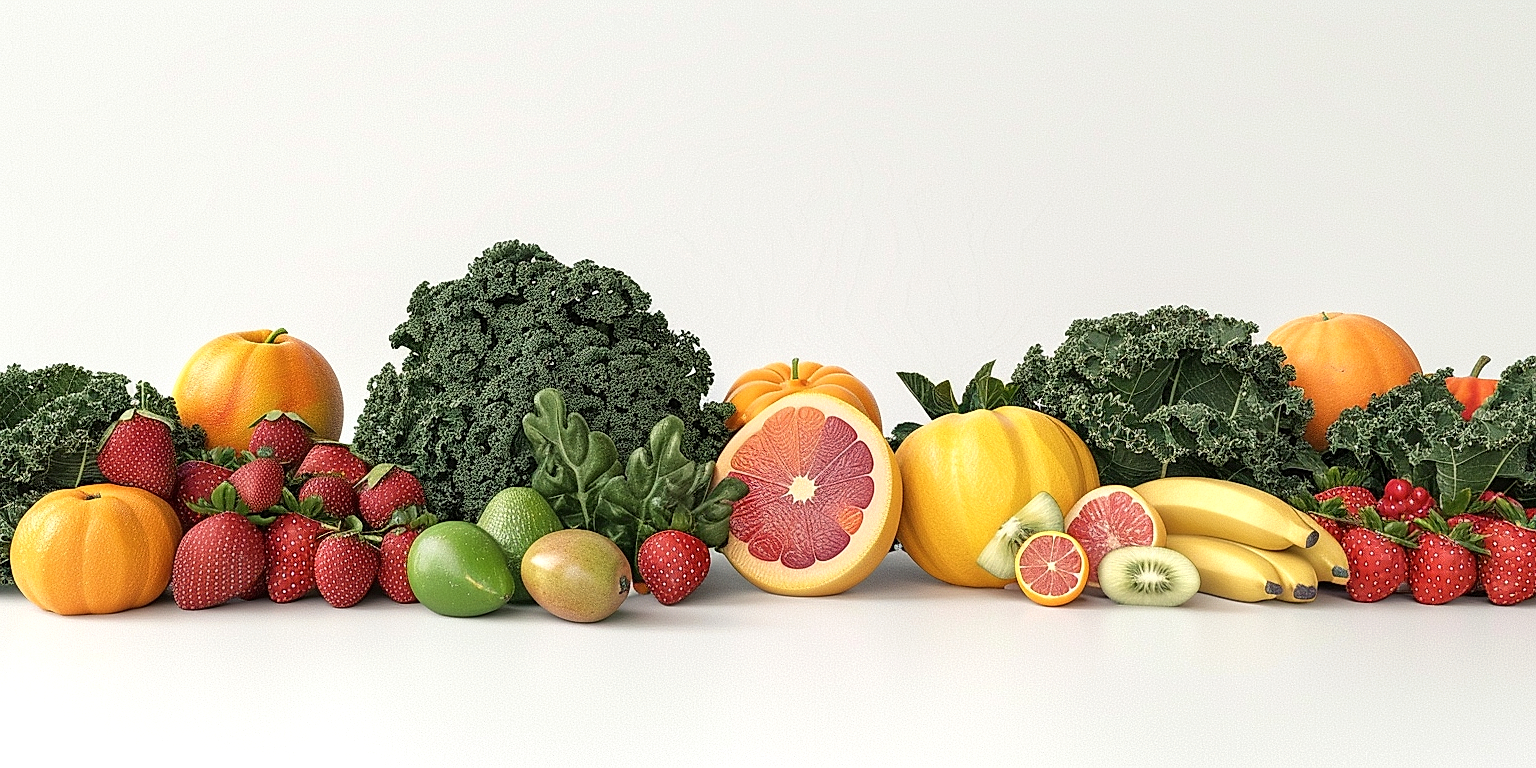Seasonal fluctuations in produce retail present unique challenges and opportunities to business owners.
Adequate planning can mean the difference between profit and loss in this high-stakes arena.
In this climate, staying ahead of the curve requires a keen understanding of the whole supply chain process.
Consumers today expect fresh, high-quality fruits and vegetables all year round, irrespective of natural growing seasons.
Therefore, mastering the art of inventory control and stock rotation becomes crucial in the produce retail industry.
This article aims to provide valuable insights and practical planning strategies to navigate through these seasonal variations effectively.
Planning Tips For Seasonal Fluctuations In Produce Retail
1. Maintain flexible purchasing and procurement methods.
Seasonal fluctuations in produce retail require a dynamic purchasing and procurement strategy.
The supply and demand of fresh produce can vary greatly from season to season.
Therefore, having a flexible purchasing and procurement method in place is critical.
The volatility of the market compels retailers to adapt quickly to changes, and this flexibility must extend to their procurement processes.
The first step in ensuring this flexibility is to establish multiple supply sources.
Having a single source of supply can put retailers at risk of shortfalls, particularly during peak seasons when demand is high.
Working with multiple suppliers helps retailers maintain steady supplies and navigate sudden changes in market conditions effectively.
This not only ensures a constant supply but also promotes healthy competition among suppliers, which can lead to better terms and service quality.
Additionally, setting up contracts that allow for the adjustment of quantities based on demand is crucial.
Such contracts help to maintain a balance in the stock, preventing overstocking or understocking situations, thus leading to optimal utilization of resources.
Similarly, using technology to automate procurement processes can exponentially increase efficiency.
These technologies can manage supplier relationships, automate ordering, and even forecast demand to avoid potential stockouts.
Remember, a flexible purchasing method also involves a diverse product range.
Besides seasonal produce, consider stocking up on items that maintain consistent demand throughout the year. This ensures a constant stream of revenue, even outside peak seasons.
Finally, it’s crucial to nurture strong relationships with suppliers.
This can help to secure better deals, faster deliveries, and increased priority during high-demand seasons.
Remember, maintaining flexible purchasing and procurement methods is not about making hasty decisions, but about creating a system that allows for smooth and speedy adaptation to changing market conditions.
2. Forecast demand using historical sales data
One essential strategy in planning for seasonal fluctuations in produce retail is making accurate forecasts of product demand through historical sales data analysis.
The use of historical sales data allows retailers to project future sales volumes by processing and interpreting past trends and patterns.
Understanding how previous seasons have performed can be a crucial point in planning retail operations adequately.
By identifying peak selling periods, retailers can also ensure they stock adequate quantities of produce to meet rising demand.
The practice of making demand forecasts also helps in preventing stockouts and overstocks, both of which can lead to financial losses.
The use of quantitative methods such as time-series analysis, regression analysis, and machine learning offers a more accurate and reliable way for retailers to forecast seasonal fluctuation in demand.
Time-series analysis, for instance, is a method that analyzes an ordered sequence of values of a variable at equally spaced intervals.
Regression analysis, on the other hand, can allow retailers to understand the relationship between different variables, such as price and demand for a particular product.
Machine learning can take these analyses a step further by automatically identifying patterns and making predictions without being explicitly programmed to do so.
Retailers that can accurately predict customer demand are in a better position to organize their supply chain and manage inventory, reducing costs and driving profitability.
However, while historical sales data can be highly valuable, it is important to consider the limitations of relying solely on this data.
Peculiarities such as global crises, economic shifts, and weather changes need to be considered since they can significantly affect consumer behavior and therefore skew historical sales data.
Therefore, it is recommended that retailers use historical sales data as one factor in a multi-faceted approach to predicting seasonal product demand.
Combining data analytics with, for instance, supplier insights and current market trends, can result in a more robust and accurate forecast.
In other words, while historical sales data is an invaluable tool, it should be employed in combination with other strategies to accommodate for its inherent limitations and ensure the most accurate predictions possible.
3. Ensure Adequate Storage for Seasonal Products
Ensuring adequate storage for seasonal products can be a complex yet crucial task in managing seasonal fluctuations in the produce retail industry.
In the unfolding seasons, the consumer demand for certain fruits and vegetables intensifies, and, therefore, retailers must have sufficient storage facilities to accommodate these products.
Stocking up on seasonal produce during their peak supply period helps in maximizing sales and meeting customer expectations during high demand.
A proper storage system not only ensures steady availability of in-season produce but also prevents spoilage and waste, optimizing profits.
It’s worth mentioning that different types of produce require different methods of storage, depending on their individual unique characteristics.
Some fruits may need refrigeration while others, such as onions, potatoes, and certain kinds of squash, can be stored at room temperature.
Hence, having a robust and diversified storage system is instrumental in efficiently managing seasonal produce.
Storage capacity should also be on the retailer’s radar. Having a system that is too small can lead to overcrowding and speeding of the decay process, whereas a system that is too large can lead to underutilization and unnecessary costs.
Prioritizing efficient space utilization in your storage area is crucial to effective inventory management.
Storage conditions are another critical aspect that retailers should pay attention to. Such conditions include temperature, humidity levels and light conditions.
Most fruits and vegetables require specific storage conditions to maintain their freshness and prolong their shelf-life.
For example, high humidity can cause some vegetables to become soft and mouldy, while others may require low temperature to freeze and preserve their freshness.
Therefore, it’s important to ensure the right storage conditions for each type of produce.
Maintaining a proper storage system requires regular cleaning and maintenance to avoid pests and diseases, which can lead to significant losses.
Lastly, the storage location should be carefully selected. Areas that are prone to flooding or with poor drainage should be avoided as these can damage the produce and increase spoilage.
By ensuring adequate storage for seasonal products, retailers can effectively plan and manage seasonal fluctuations in the produce industry. This, in turn, helps in maintaining a steady supply of fresh fruits and vegetables, catering to customer demand, and maximizing sales and profits.
4. Adjust pricing strategy per demand fluctuations.
The process of adjusting pricing strategies according to demand fluctuations in seasonal produce requires a good understanding of market dynamics and consumer behavior.
For retailers, understanding the price elasticity of demand for the different types of produce is crucial. Price elasticity tells you how sensitive the quantity demanded of a good is to a change in its price.
When the price of a product is increased, demand generally goes down, and when the price is decreased, demand generally goes up. This relationship between price and demand is called the law of demand.
However, the elasticity of demand is not the same for all produce. For some seasonal products, like fresh berries for example, a price increase may not significantly decrease demand because they are considered a luxury product.
The pricing strategy should also consider the competition. It becomes important for retailers to survey the market to understand the pricing strategy of competitors.
In the context of seasonality, pricing strategies should also consider the shelf life of the produce. If the produce is nearing its end of life, it may make sense to reduce the price to incentivize quicker sales.
This strategy, often referred to as dynamic pricing, can help retailers manage their inventory effectively while maximizing their margins.
Retailers can also experiment with bundle pricing, where consumers are offered discounts if they buy produce in larger quantities.
Another aspect to consider while adjusting prices is the cost of the produce. If the cost of procurement has increased, it may be necessary to adjust prices accordingly to maintain profitability.
Retailers should also consider employing a high/low pricing strategy based on demand. Seasonality plays an important role in this strategy, with prices being higher during peak demand seasons and lower during off-peak seasons.
What’s more, technology can play a role in helping you automate and streamline the process of adjusting prices based on demand. There are software solutions available today that use artificial intelligence to forecast demand and suggest optimal pricing.
Remember, there is not a one-size-fits-all strategy here. It’s crucial to continually monitor, evaluate and adjust your pricing strategy based on real-time data.
While it can seem daunting, adjusting your pricing strategy per demand fluctuations is necessary to stay competitive and profitable in the produce retail business.
With a clear understanding of market dynamics and consumers’ responsiveness to prices, along with effective strategy execution, retailers can successfully navigate through seasonal fluctuations.
5. Promote Seasonal Produce Through Effective Marketing
In the highly competitive world of produce retail, effective marketing is paramount to ensuring the success of your seasonal products.
Different seasons bring about a variety of fruits and vegetables that consumers look forward to purchasing.
Thus, it becomes imperative to communicate effectively what you have available.
Well-structured marketing campaigns play a significant role in informing the public about your range of fresh, in-season produce.
However, it’s not just about letting people know what’s available; it’s about making your product irresistible.
Effective marketing involves presenting your seasonal produce in a way that stimulates the senses of potential buyers.
Create visual aids that highlight the freshness and colour of your produce, or offer potential recipes that include them.
This not only increases awareness but also increases desire for your seasonal produce.
Marketing strategies should also focus on the benefits of eating seasonal, emphasising the freshness, taste, and nutritional value of your produce.
Another marketing strategy is to offer enticing discounts on your seasonal produce.
This strategy is particularly useful in encouraging trial purchases from new customers.
Ultimately, good marketing consolidates all these aspects – increasing awareness, desire, and the perceived value of your produce- to maximise sales.
This also underscores the importance of adequate planning and coordination between your purchasing, storage, and sales strategies.
Always ensure your marketing strategy aligns with the availability of your seasonal produce in store to avoid disappointing your customers.
This harmonisation of strategies further cements the importance of planning for seasonal fluctuations in produce retail.
The ultimate goal is to ensure that your customers are informed, enticed, and satisfied, leading to increased sales and customer loyalty.
The Bottom Line
Streamlining purchasing and procurement operations and remarkable adaptability can significantly improve companies’ approach to handling seasonal products.
Leveraging historical sales data for forecasting demand offers invaluable insights and allows firms to prepare efficiently.
Appropriate storage facilities ensure these products maintain their quality and are ready for distribution when the season arrives.
Adjusting pricing strategies in response to demand variations and capitalizing on strategic marketing of seasonal produce are essential to maximize profits.
Overall, a proactive, data-driven approach to managing seasonal products can greatly enhance business performance and revenue.




